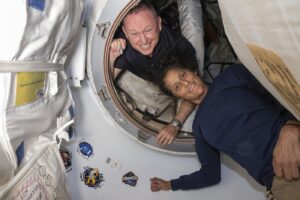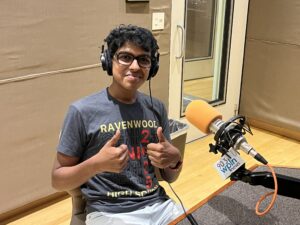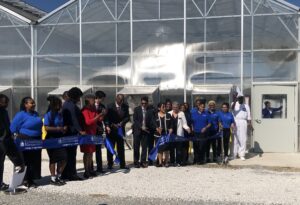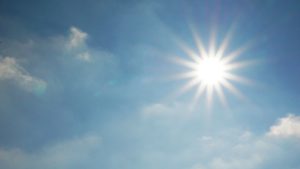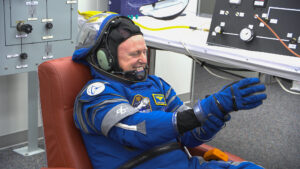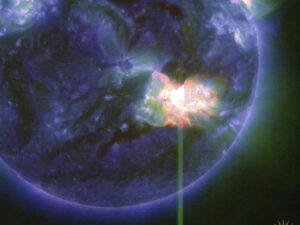Butch Wilmore, of Mt. Juliet, and Suni Williams have two more months to go before their mission comes to a close. It was supposed to be a weeklong test flight, but thruster failures and helium leaks kept the astronauts holed up at the space station.
NashVillager Podcast: Inside the Arnold Engineering Development Complex
What would it feel like to pull Gs in an X-15? Plus the local news for October 17, 2024.
This Brentwood teen’s science video landed a spot in a worldwide competition
Chetan Yenigalla is a semifinalist in the Breakthrough Junior Challenge, which invites teens from around the world to make two-minute videos about science.
After tornado devastation, TSU rebuilds its agriculture campus from scratch
Tennessee State University’s College of Agriculture suffered a direct hit during the March 2020 tornadoes. Four years later, the rebuilt facilities are finally open.
Quantum science in Middle Tennessee
Quantum science is taking off here in Middle Tennessee!
Tennessee heat wave dangers aren’t just physical. They can damage mental health too.
A cold, dreary winter might be what comes to mind when we think of “seasonal depression.” But there is mounting evidence that hot summers — especially during heat waves — can bring us down too.
Profile: Dr. Steven Townsend
It is nearly impossible to talk with Dr. Steven Townsend without getting excited about chemistry.
Tennessee astronaut launches to orbit on first flight of Boeing’s new capsule
NASA astronaut Butch Wilmore — a Mt. Juliet native — is one of the first people to fly aboard a Boeing Starliner space capsule.
Witnessing the spectacle of synchronous fireflies is ‘like magic’
It’s twilight on a warm May evening at the Congaree National Park in Hopkins, South Carolina. A wooden boardwalk weaves through cypress knees, and towering loblolly pines. A viewing platform holds the lucky few that won the park lottery this year — an opportunity to see thousands of fireflies, blinking in synchrony, for a few short weeks this […]
A huge solar storm is slamming into the Earth. Scientists say you should look up.
An aurora could be visible as far south as Northern California. Experts say the storm could disrupt some communications and navigation systems like GPS.


